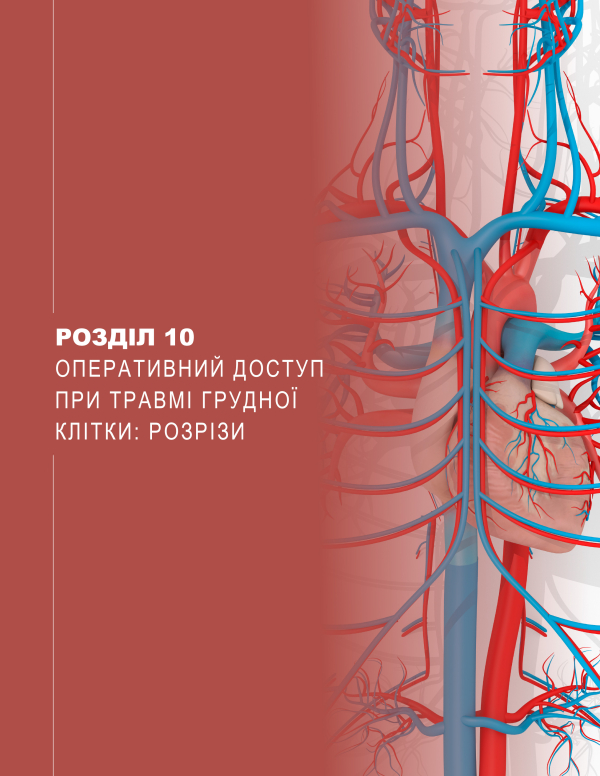Support the development of the TCCC project in Ukraine
Published:
19.11.2024
Chapter 10 Operative Exposure in Thoracic Trauma: Incisions
We do not have the rights to publish English-language materials for ASSET, so only versions with Ukrainian translation are available on our website. Thank you for your understanding!
You can discuss this material on the TCCC forum
Collection sections
Please login
Authorization
Users Viewed



















